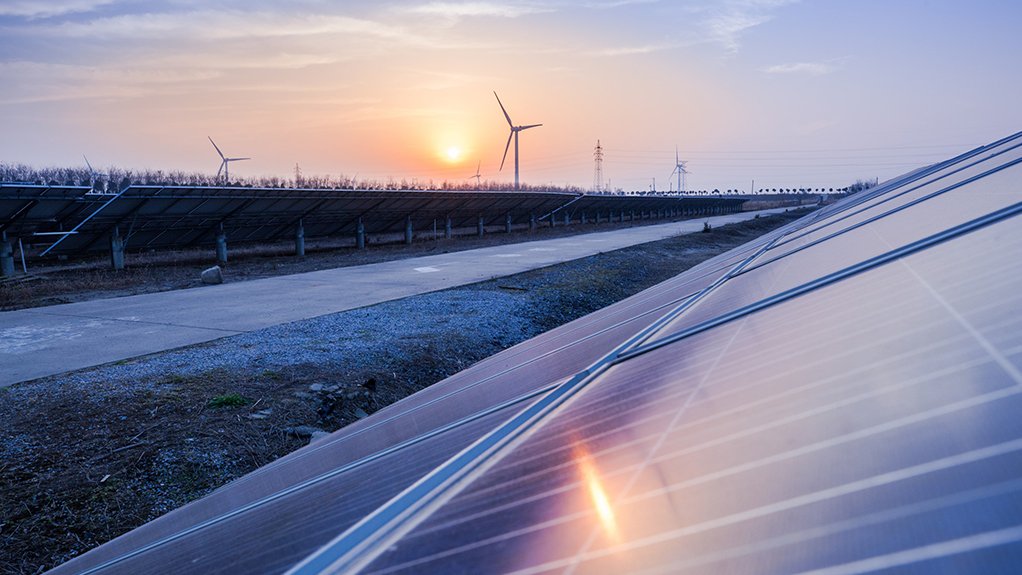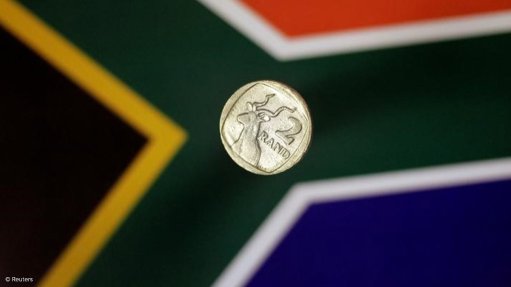China’s dominance a key factor in renewable energy subsidy wars
One of the primary catalysts for the prevalent global emergence of subsidies within the renewable energy sector stems from the dominance of China, research firm BMI Research operational risk analyst Keaton Fitzpatrick has said.
Speaking at a webinar hosted by BMI Research – a Fitch Solutions company – titled ‘Subsidy Wars and The Energy Transition, The Race To Develop Low Carbon Energy Manufacturing’ on August 24, he said China had unequivocally established its preeminence across the global energy supply chain, encompassing vital components of renewable energy, as well as the critical mineral provisions and corresponding market domains.
China's competitive edge can be attributed to a confluence of factors, notably robust State backing, a favourable labour cost framework and the advantages derived from economies of scale.
China wields a commanding role in the realm of solar manufacturing, accounting for about an 80% share of the global capacity spanning various stages of solar panel production. This dominance is reflected in the upsurge of solar power exports in recent years. The confluence of accelerated global deployment of solar technology, diminishing costs therein and the expeditious endeavours towards energy transition orchestrated by global governments, has accentuated this trajectory.
While the share of global wind turbine supply attributed to China-based manufacturers stands at about 50%, the dynamics underpinning this segment are undergoing discernible transformation. This metamorphosis can be ascribed to the mounting cost pressures faced by European manufacturers, emanating from escalated material prices for metals and input expenses driven upwards by elevated power costs resulting from the Russian incursion into Ukraine.
Fitzpatrick said these concomitant factors had propelled the escalation of prices for wind turbines developed in Western nations, thereby affording Chinese turbines a newfound competitive advantage on the global stage.
The evidence of this shifting landscape is conspicuous in the pronounced spike observed in Chinese wind turbine exports during the year 2022. While the prices of Chinese turbines remained competitive, their European counterparts experienced an observable increment in costs.
As both American and European markets expedite their transitions towards sustainable energy paradigms, the imperative of securing their supply chains has ascended to paramount importance. This strategic undertaking is geared towards mitigating the vulnerabilities associated with potential disruptions during the course of their renewable energy initiatives.
Fitzpatrick contended that this imperative, coupled with the escalating geopolitical tensions that had already spurred the resurgence of domestic manufacturing employment, would collectively propel concerted endeavours aimed at fortifying and engendering confidence within the global energy manufacturing domain.
HYDROGEN
Along with renewable energy, green hydrogen was highlighted as a key space in which the emergence of subsidies is increasingly playing an important role in how the market develops.
BMI senior low carbon energy analyst Lerato Monaisa pointed out that global markets were progressively integrating green hydrogen targets into their overarching energy agendas. She noted that, over the past two years, a multitude of policies and subsidy declarations had come to the fore with the express objective of fostering the growth of green hydrogen sectors.
Noteworthy examples are the introduction of the Inflation Reduction Act by the US; the establishment of a novel European Hydrogen Bank through which subsidies will be dispensed by the European Union (EU); the unveiling of Canada's Clean Hydrogen Investment Tax Credit; and India's initiation of a Green Hydrogen Transition.
Monaisa said subsidies hold the dual promise of bolstering both investment and production within the realm of green hydrogen, thereby catalysing the advancement of nascent projects from their embryonic planning phases.
Presently, a substantial portion of the green hydrogen projects featured within BMI’s database remain situated at early developmental junctures, with only a handful having progressed to the construction stage.
While these subsidies and policies bear the potential to stimulate upward momentum in the growth of green hydrogen, Monaisa said they concurrently engender certain stratifications and potentialities within the global hydrogen sector. These divergences would culminate in the establishment of a hierarchical, four-tiered market structure.
Tier one markets for green hydrogen encompass the EU, the US and China. These markets command notable green hydrogen subsidies, robust hydrogen production infrastructures, and heavy industries that can serve as significant offtakers.
Tier two markets encompass those regions that possess subsidies; however, these subsidies are not on par with those witnessed within tier one markets, both in terms of production capacities and supply chain maturity. Markets of this tier hold substantial growth prospects, as their policy frameworks are designed to not only cultivate hydrogen production but also to foster holistic hydrogen ecosystem development. Noteworthy inclusions in this category are Canada, Japan and Australia.
Tier three markets denote those locales that experience a degree of State support, albeit falling short of the levels observed in tier one and two markets. Consequently, these markets evince a higher reliance on investment and financial backing, particularly within the context of a constrained debt financing landscape. Green hydrogen initiatives within these markets are susceptible to risk. Notable instances of tier three markets encompass South Africa and India.
Lastly, tier four markets encompass regions that either choose not to participate in the green hydrogen domain or that have yet to articulate substantial plans to do so, with a conspicuous absence of subsidy announcements aimed at fostering green hydrogen proliferation.
The extant policies and subsidies are poised to yield a segmented green hydrogen landscape, thereby potentially inducing inefficiencies and impeding the full-fledged use of green hydrogen, an energy form that necessitates large-scale production to effectively feature within the global energy panorama.
Monaisa said BMI believed a spirit of collaboration, rather than competition driven solely by subsidies, would remain the predominant catalyst steering the accelerated maturation of the burgeoning green hydrogen industry.
Article Enquiry
Email Article
Save Article
Feedback
To advertise email advertising@creamermedia.co.za or click here
Comments
Press Office
Announcements
What's On
Subscribe to improve your user experience...
Option 1 (equivalent of R125 a month):
Receive a weekly copy of Creamer Media's Engineering News & Mining Weekly magazine
(print copy for those in South Africa and e-magazine for those outside of South Africa)
Receive daily email newsletters
Access to full search results
Access archive of magazine back copies
Access to Projects in Progress
Access to ONE Research Report of your choice in PDF format
Option 2 (equivalent of R375 a month):
All benefits from Option 1
PLUS
Access to Creamer Media's Research Channel Africa for ALL Research Reports, in PDF format, on various industrial and mining sectors
including Electricity; Water; Energy Transition; Hydrogen; Roads, Rail and Ports; Coal; Gold; Platinum; Battery Metals; etc.
Already a subscriber?
Forgotten your password?
Receive weekly copy of Creamer Media's Engineering News & Mining Weekly magazine (print copy for those in South Africa and e-magazine for those outside of South Africa)
➕
Recieve daily email newsletters
➕
Access to full search results
➕
Access archive of magazine back copies
➕
Access to Projects in Progress
➕
Access to ONE Research Report of your choice in PDF format
RESEARCH CHANNEL AFRICA
R4500 (equivalent of R375 a month)
SUBSCRIBEAll benefits from Option 1
➕
Access to Creamer Media's Research Channel Africa for ALL Research Reports on various industrial and mining sectors, in PDF format, including on:
Electricity
➕
Water
➕
Energy Transition
➕
Hydrogen
➕
Roads, Rail and Ports
➕
Coal
➕
Gold
➕
Platinum
➕
Battery Metals
➕
etc.
Receive all benefits from Option 1 or Option 2 delivered to numerous people at your company
➕
Multiple User names and Passwords for simultaneous log-ins
➕
Intranet integration access to all in your organisation




















